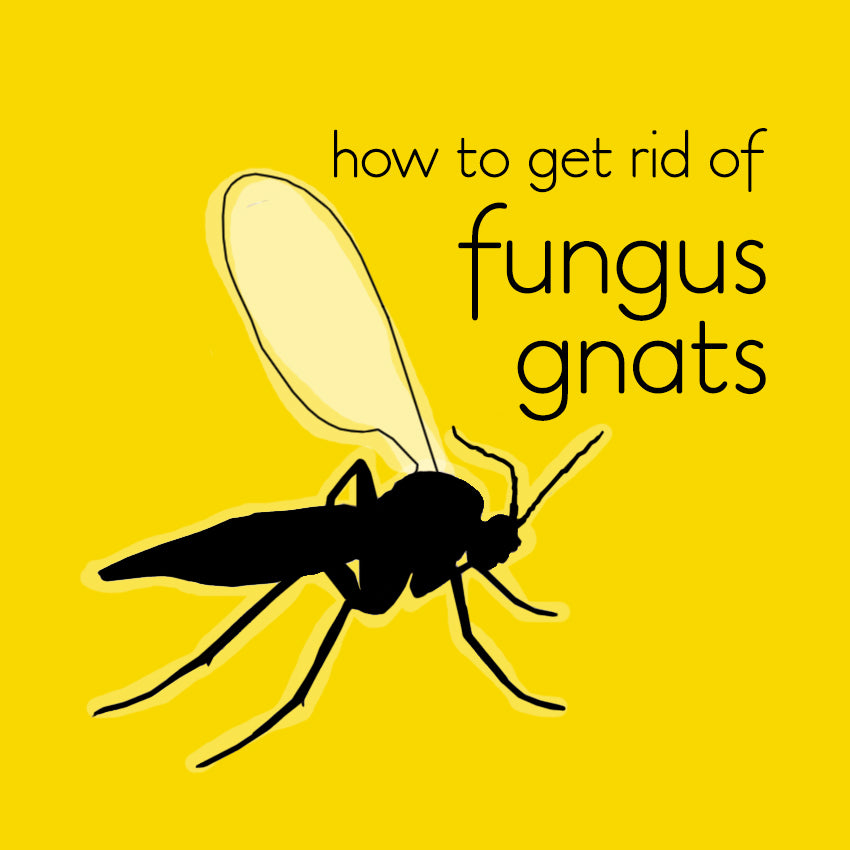I. Introduction
A. Identifying types of gnats
Understanding the different species of gnats helps in implementing targeted elimination methods.
B. Recognizing breeding grounds
Locating and addressing the breeding grounds of gnats is crucial for successful eradication.
II. Remove Attractants
A. Properly store fruits and vegetables
Store fruits and vegetables in the refrigerator or sealed containers to minimize food sources for gnats.
B. Clean kitchen surfaces
Maintain clean kitchen surfaces, wiping down countertops, and promptly cleaning spills to eliminate attractants.
III. Dispose of Organic Waste
A. Proper disposal of organic waste
Dispose of organic waste, such as fruit peels or vegetable scraps, in sealed bins or compost piles away from living areas.
B. Regularly empty garbage bins
Empty and clean garbage bins regularly to prevent www.terribleanalogies.com/ from being drawn to decaying matter.
IV. DIY Gnat Traps
A. Apple cider vinegar trap
Create a gnat trap using apple cider vinegar in a bowl with a few drops of dish soap. The scent attracts gnats, and the soap traps them.
B. Red wine trap
Place an open bottle of red wine with a bit left at the bottom, covered with plastic wrap. Poke small holes to lure and trap gnats.
V. Commercial Gnat Traps
A. Purchase gnat traps
Consider buying commercial gnat traps, available at hardware stores. These traps use attractants to lure and capture gnats.
B. Follow product instructions
Read and follow the instructions provided with commercial traps for optimal effectiveness.
VI. Natural Repellents
A. Essential oils
Use essential oils like citronella, eucalyptus, or tea tree oil to create a natural gnat repellent. Mix with water and spray in gnat-prone areas.
B. Plants with natural repellent properties
Place plants like basil, mint, or lavender around your home, as they act as natural repellents for gnats.
VII. Clean Drains
A. Eliminate breeding grounds
Clean drains regularly to remove buildup and prevent gnats from breeding in damp environments.
B. Boiling water and vinegar
Pour a mixture of boiling water and vinegar down drains to flush out any organic matter that may attract gnats.
VIII. Seal Entry Points
A. Inspect windows and doors
Check for gaps in window screens, doors, or window seals. Seal any entry points to prevent gnats from entering.
B. Weatherstripping
Apply weatherstripping to windows and doors to create a tight seal, preventing gnats from finding their way inside.
IX. Professional Pest Control
A. Consult with pest control professionals
If a gnat infestation persists, consider consulting with pest control professionals for expert assistance.
B. Ongoing prevention measures
Follow the preventive measures suggested by pest control experts to avoid future gnat infestations.
X. Conclusion
Successfully getting rid of gnats requires a comprehensive approach, combining cleanliness, traps, repellents, and preventive measures. By implementing these methods, you can effectively eliminate gnats from your home and enjoy a gnat-free environment.

